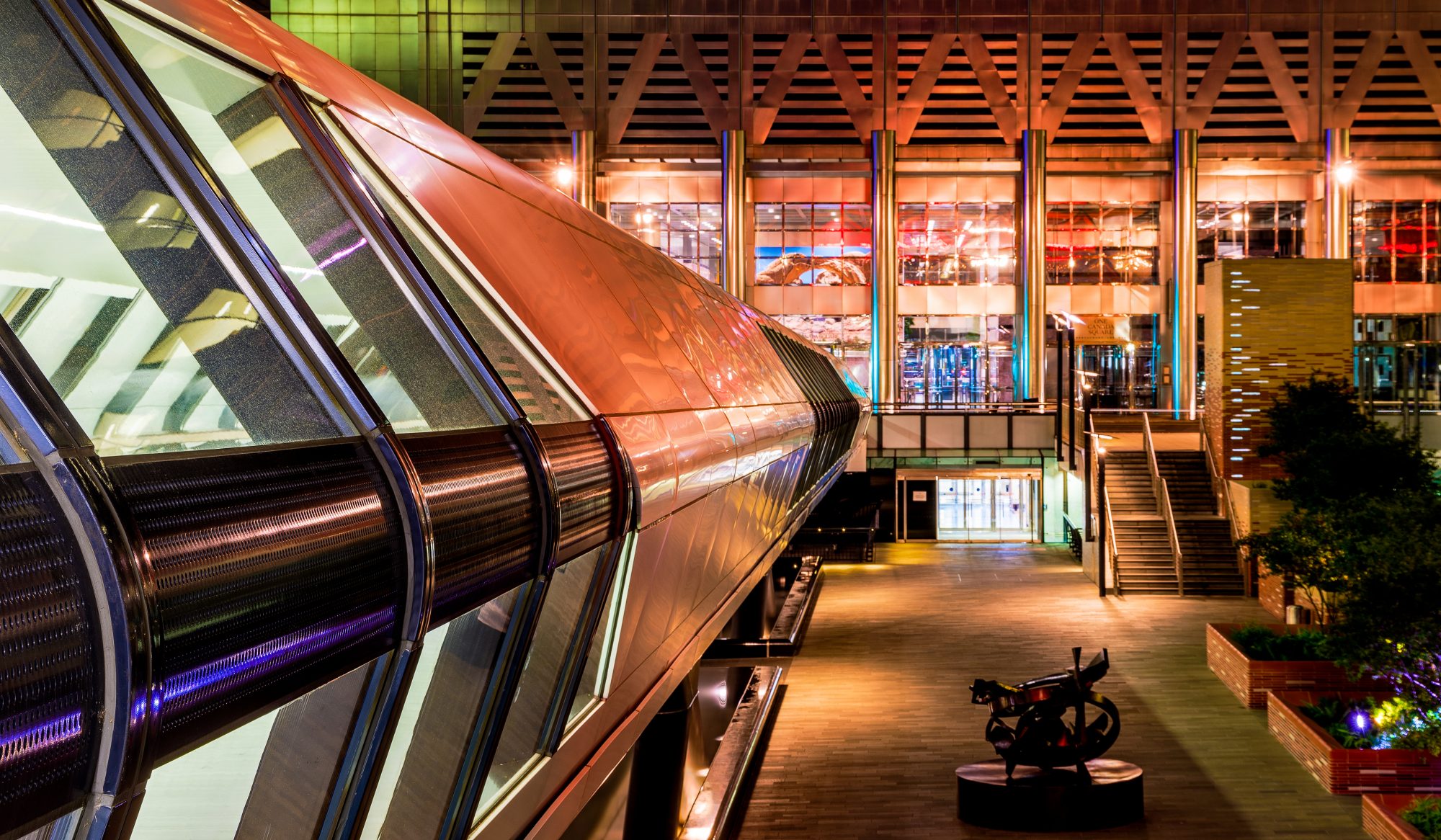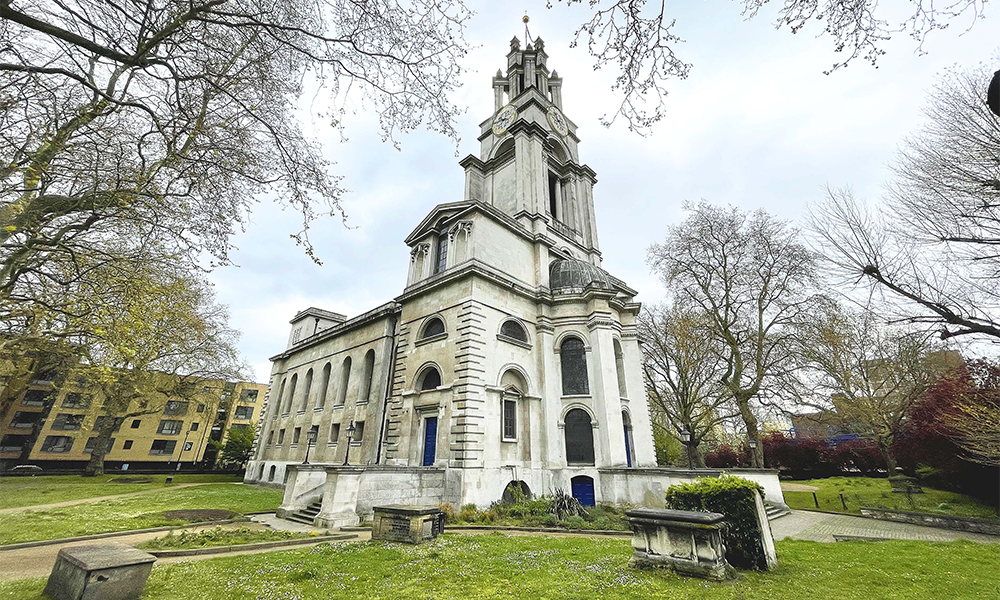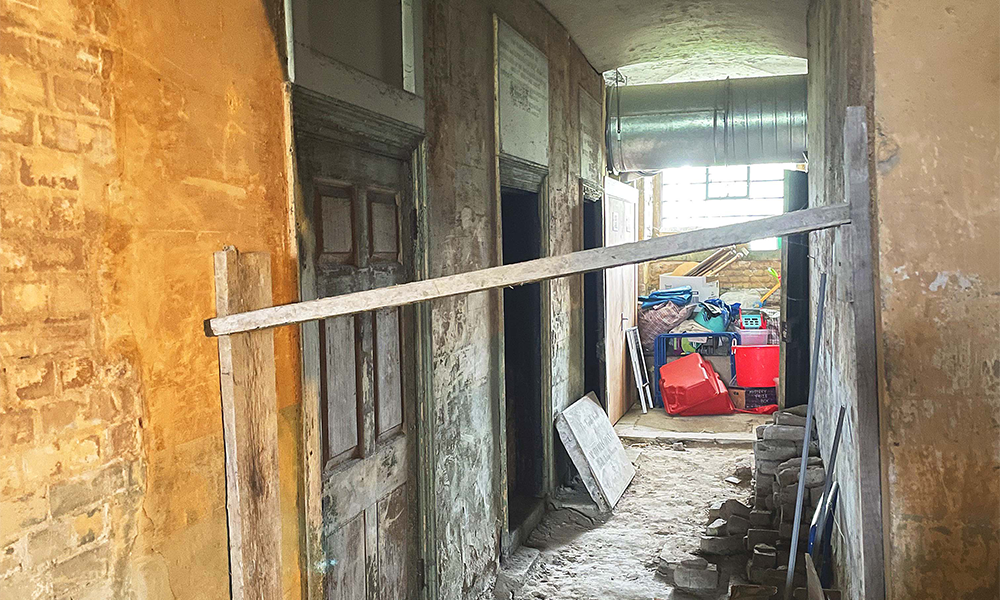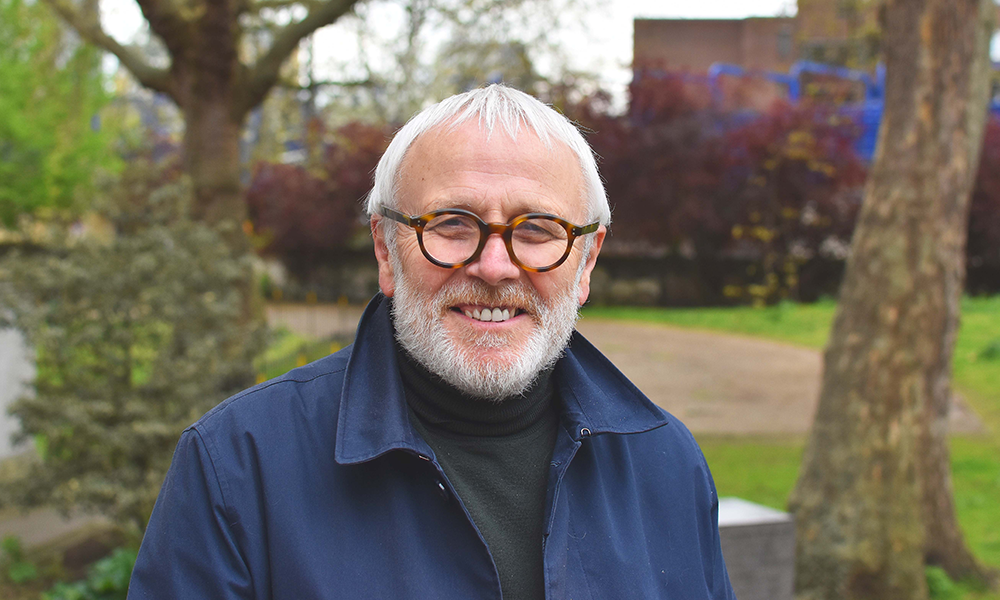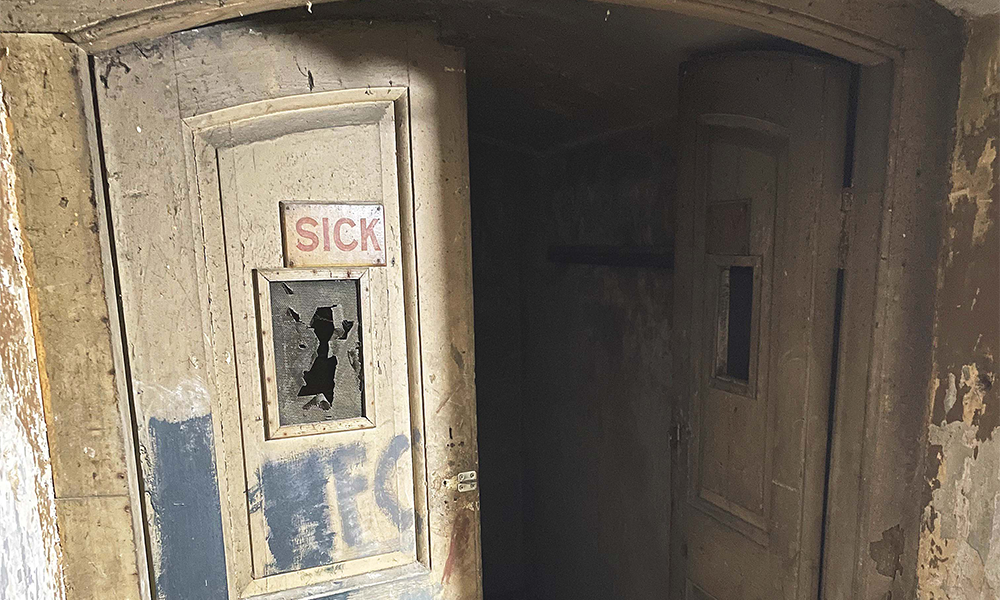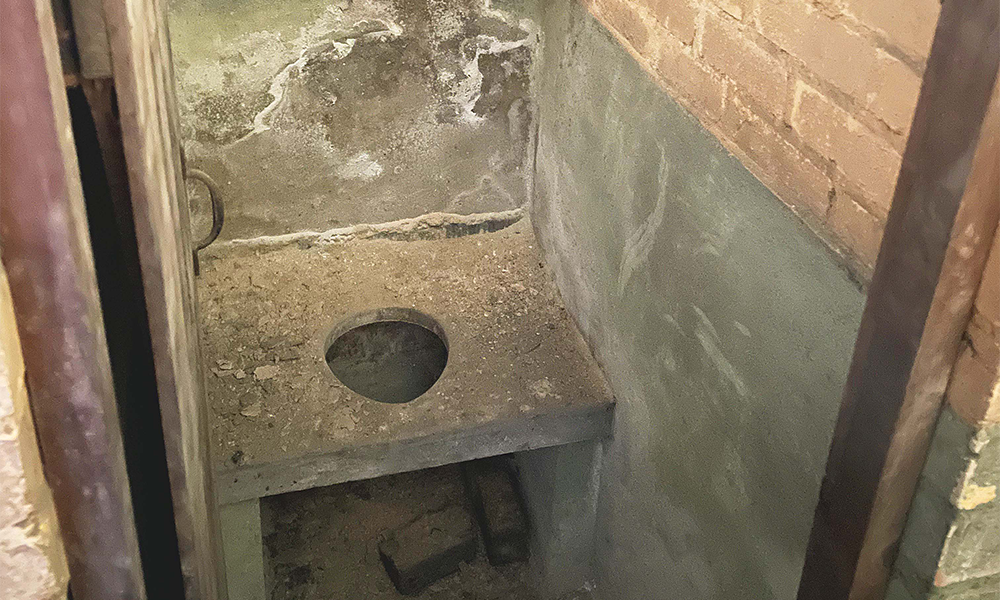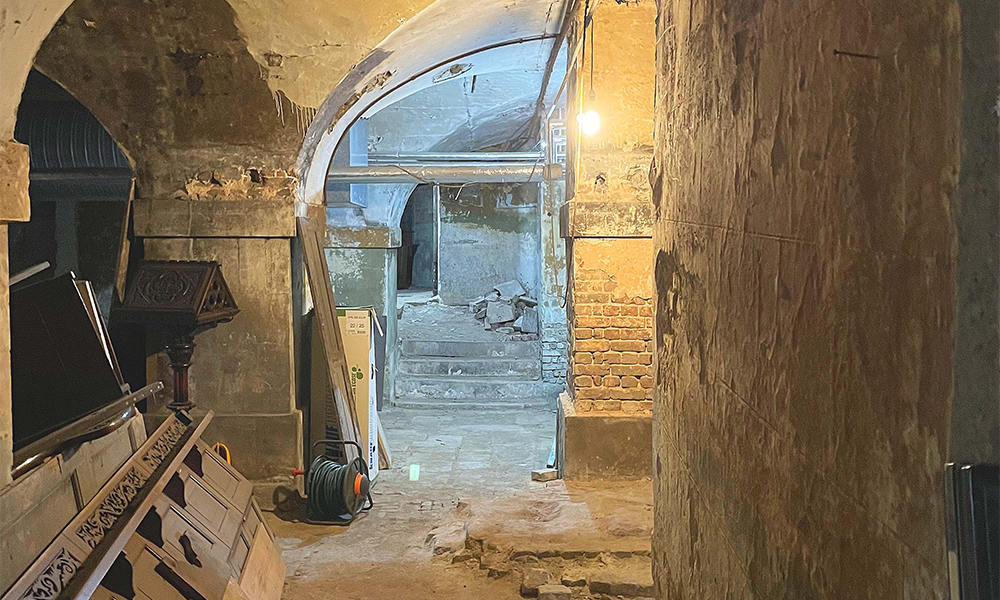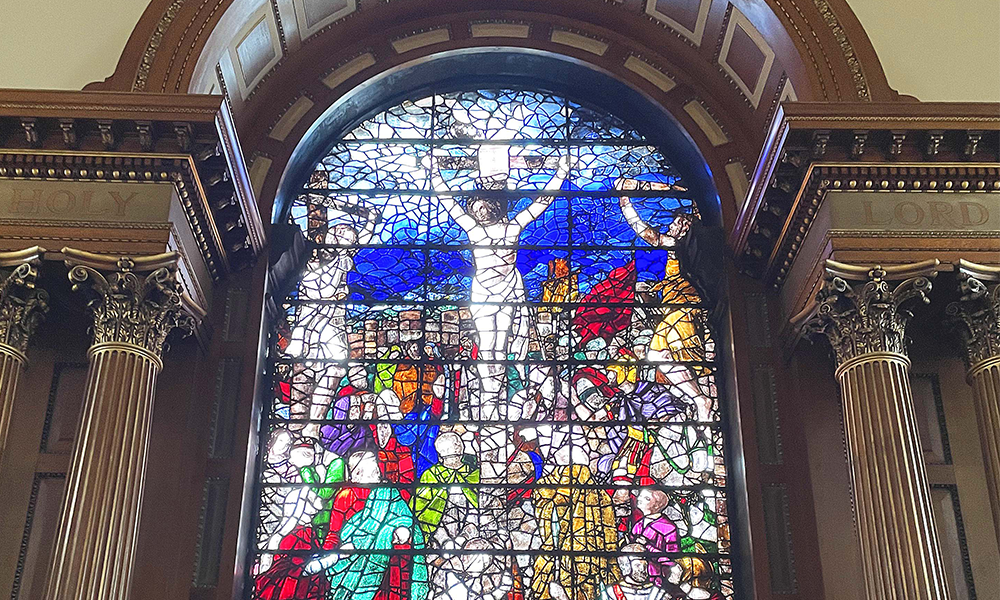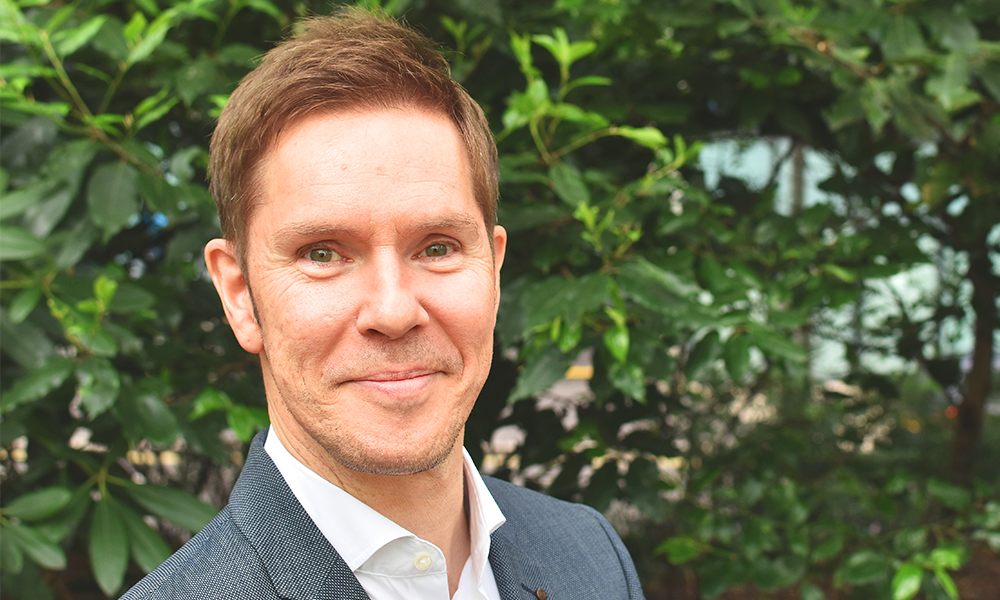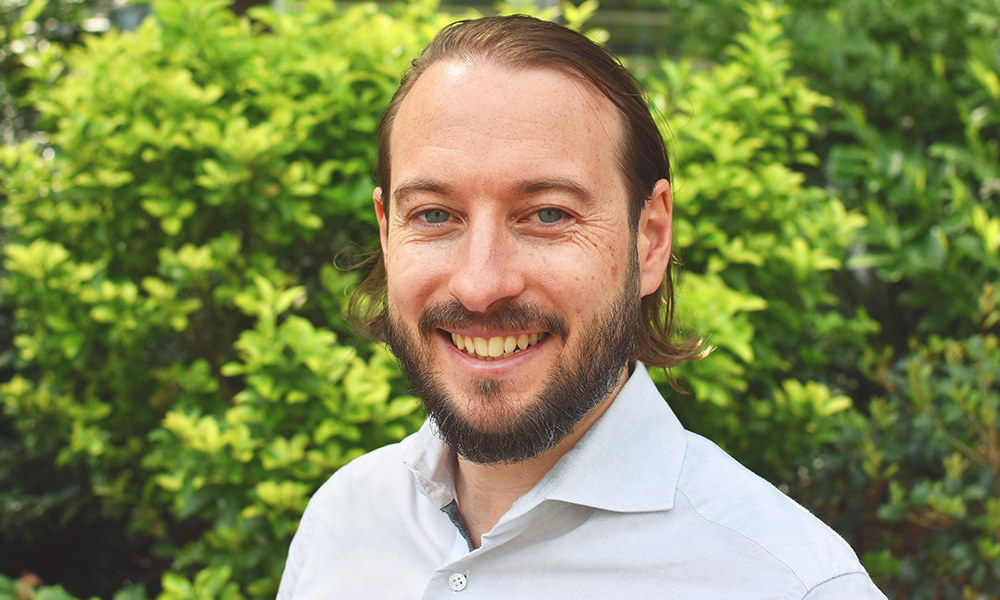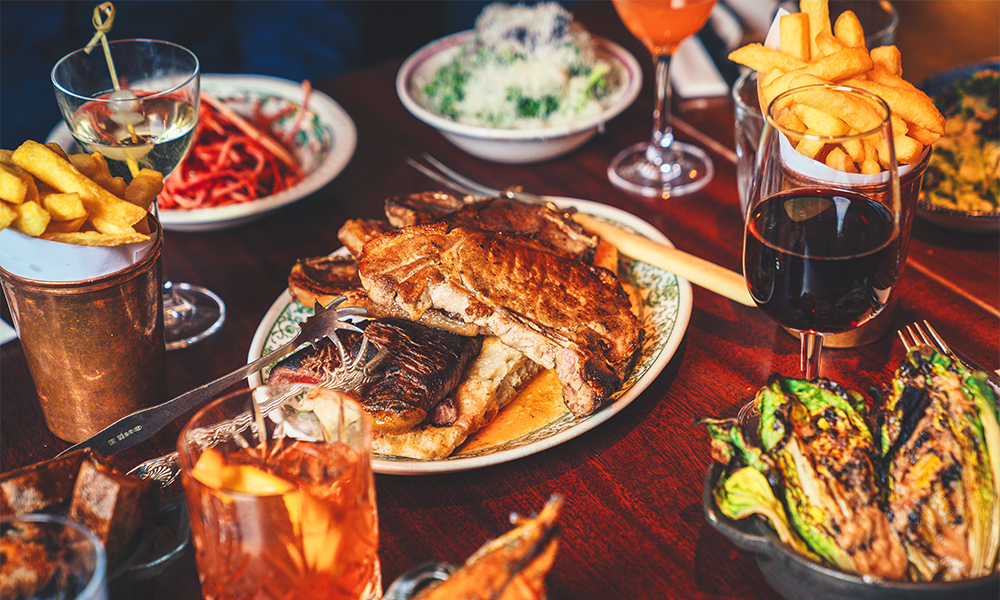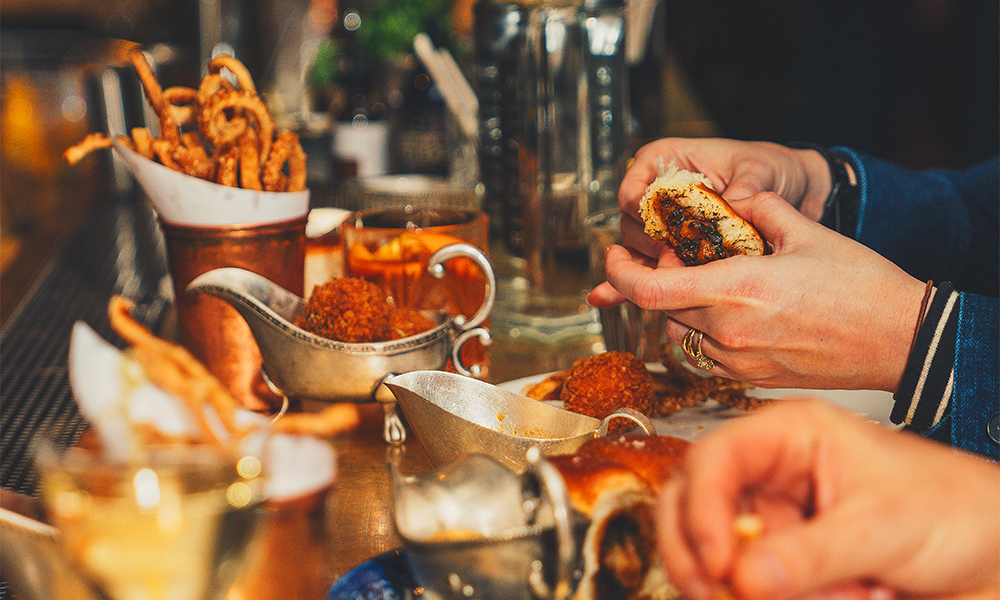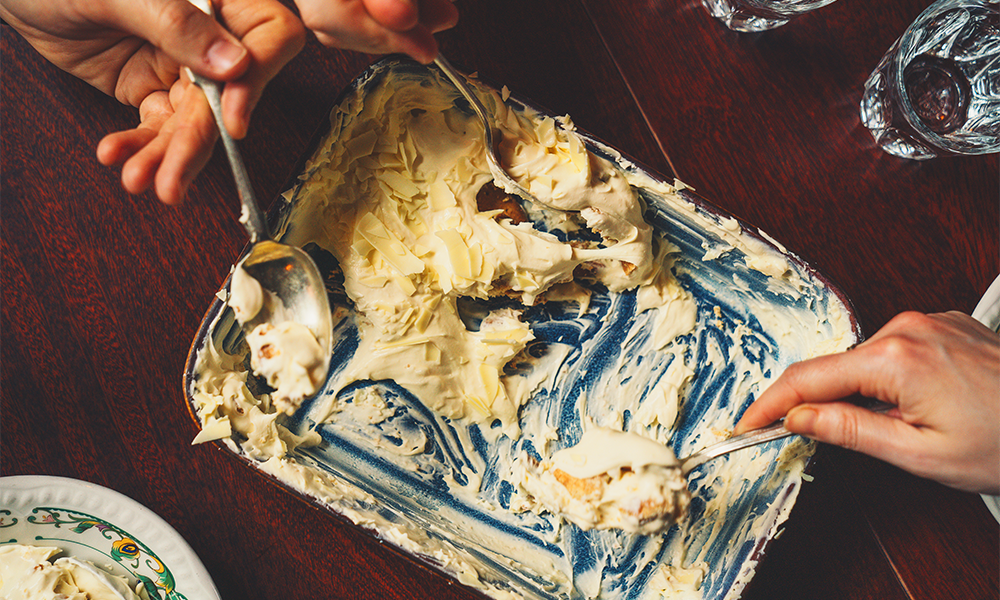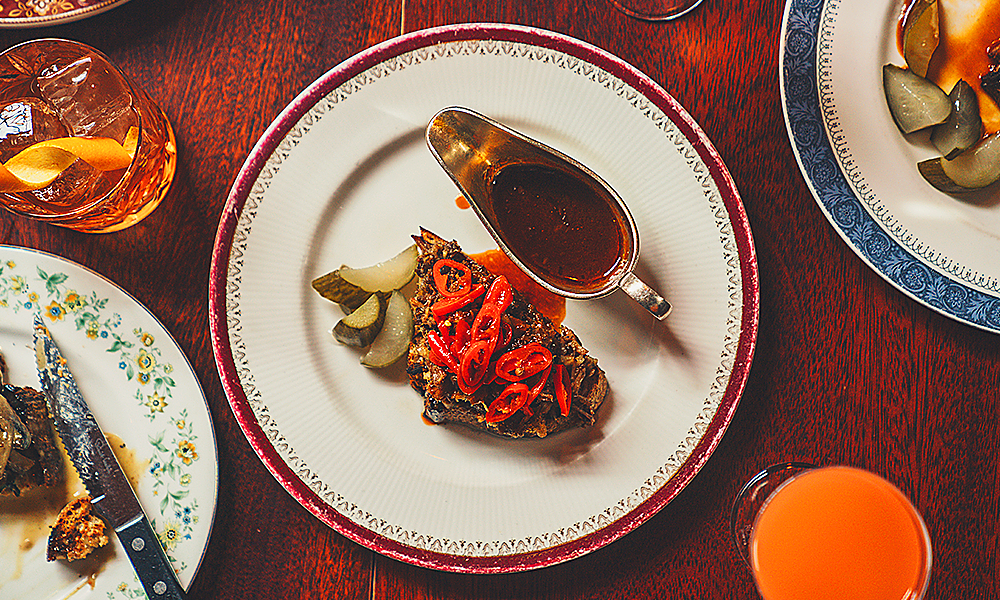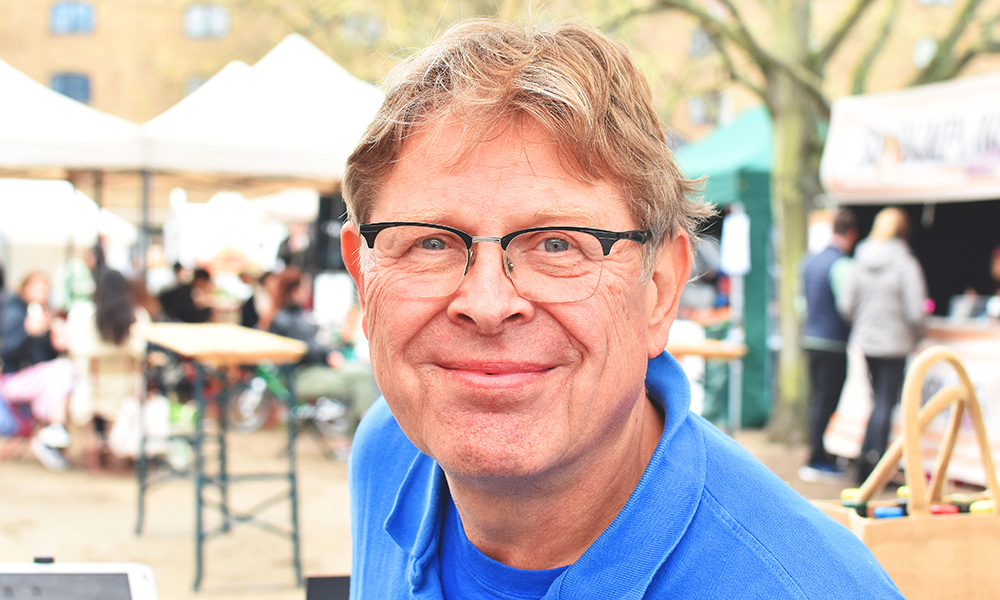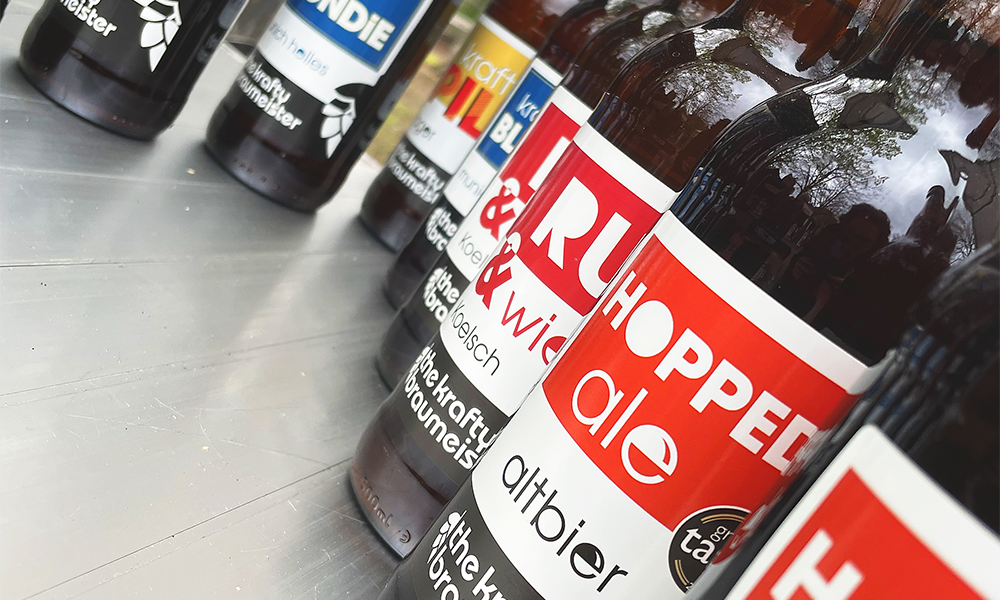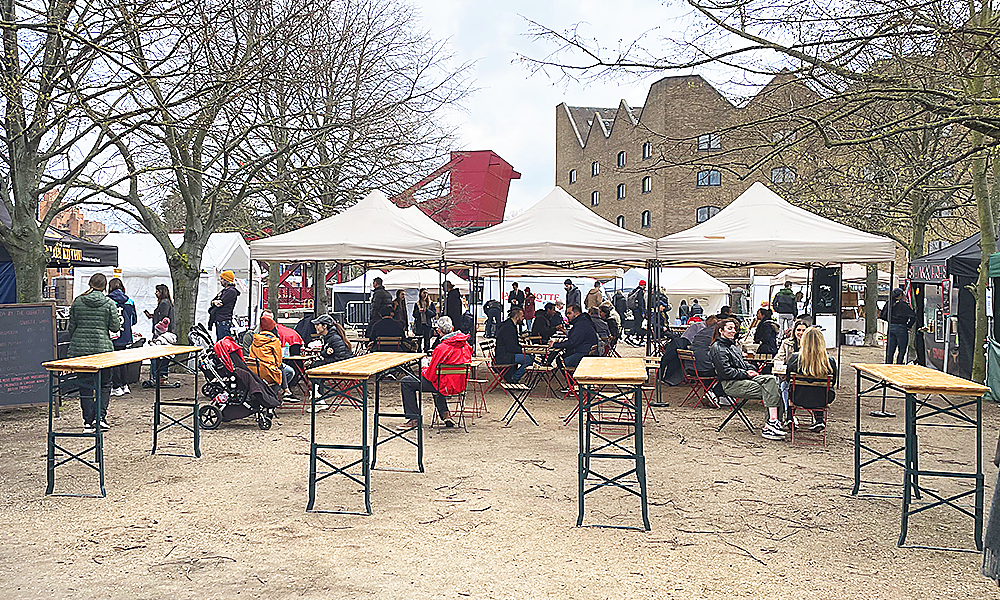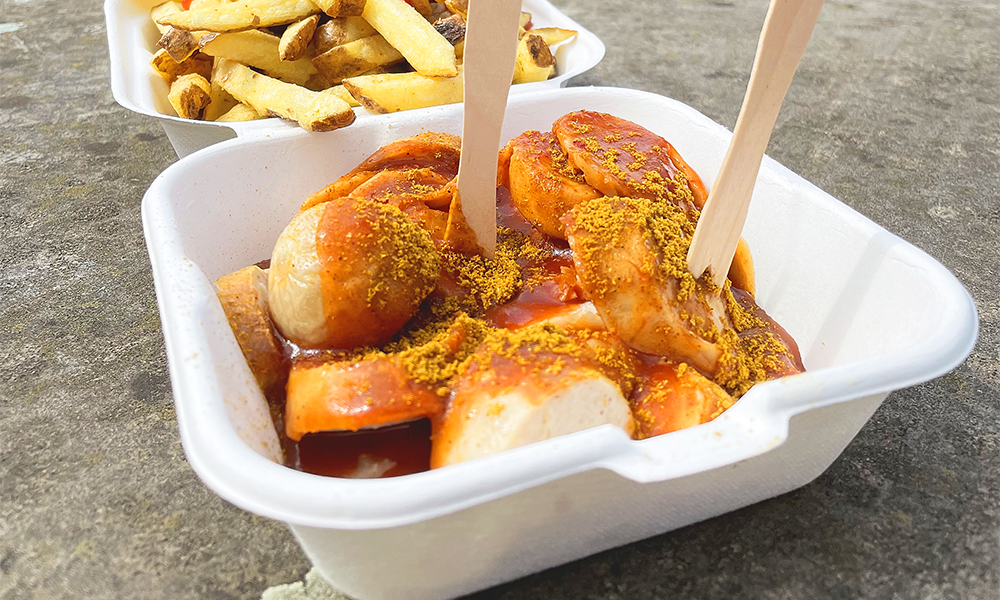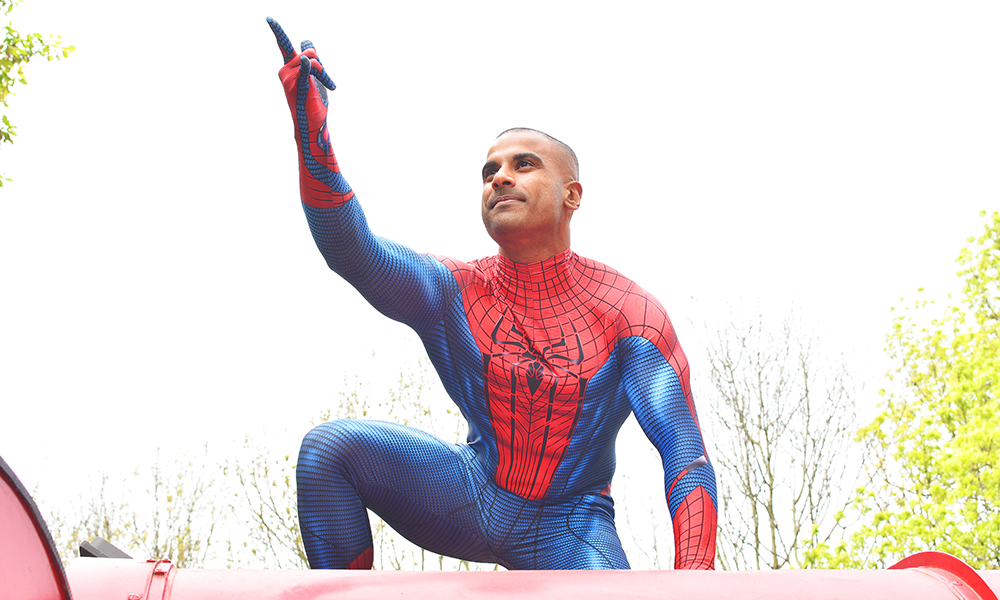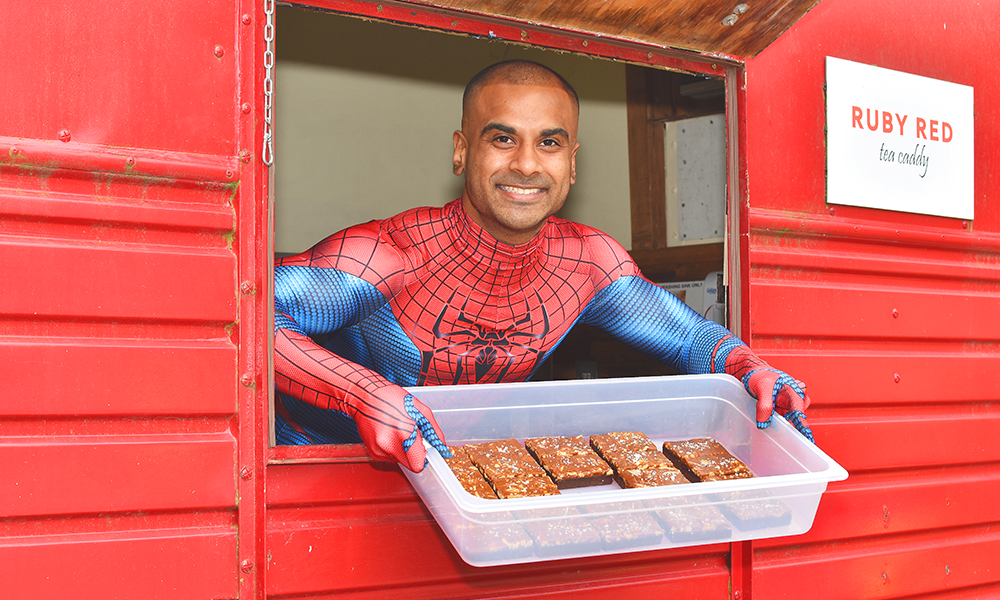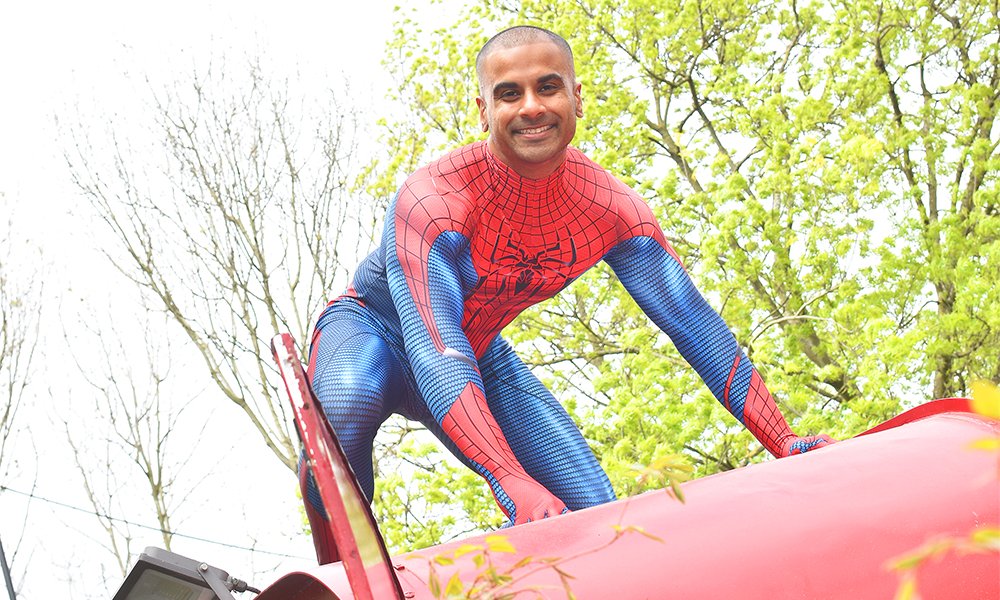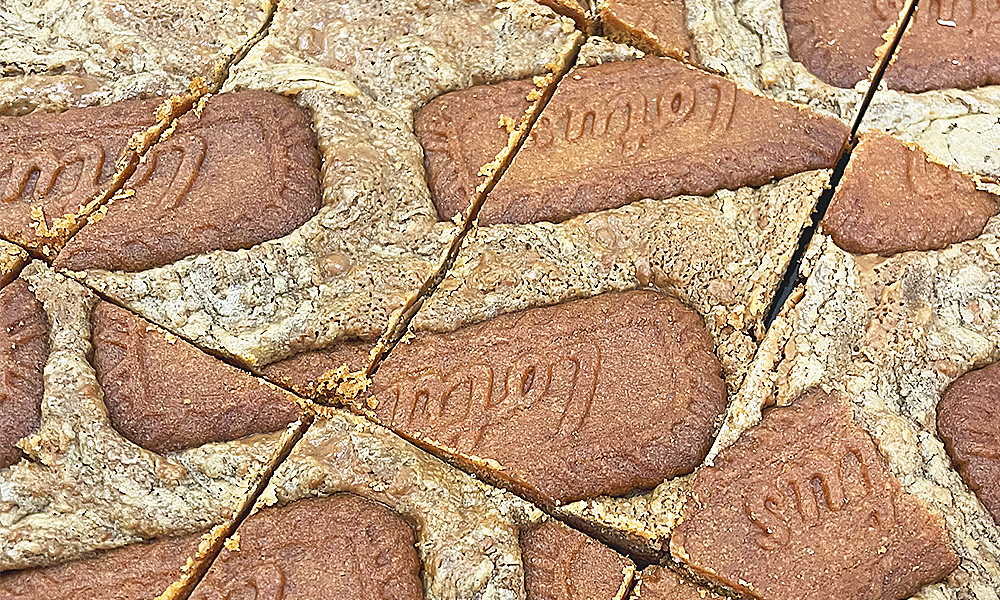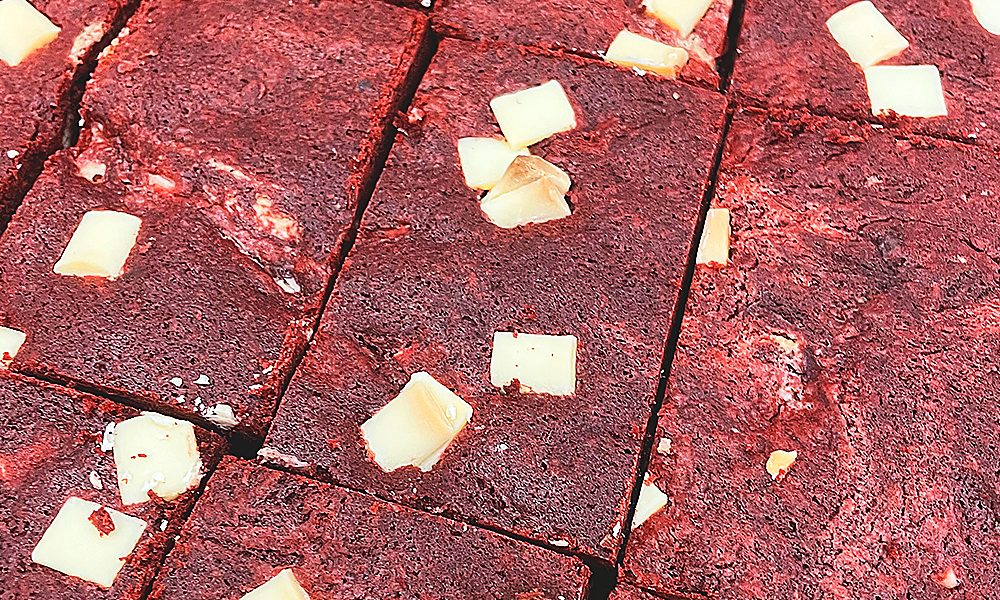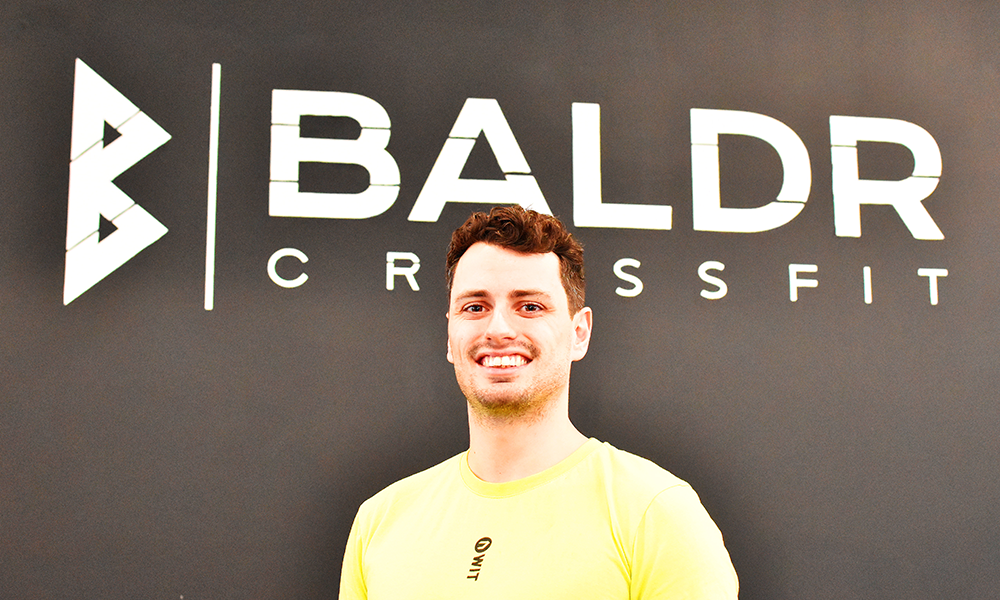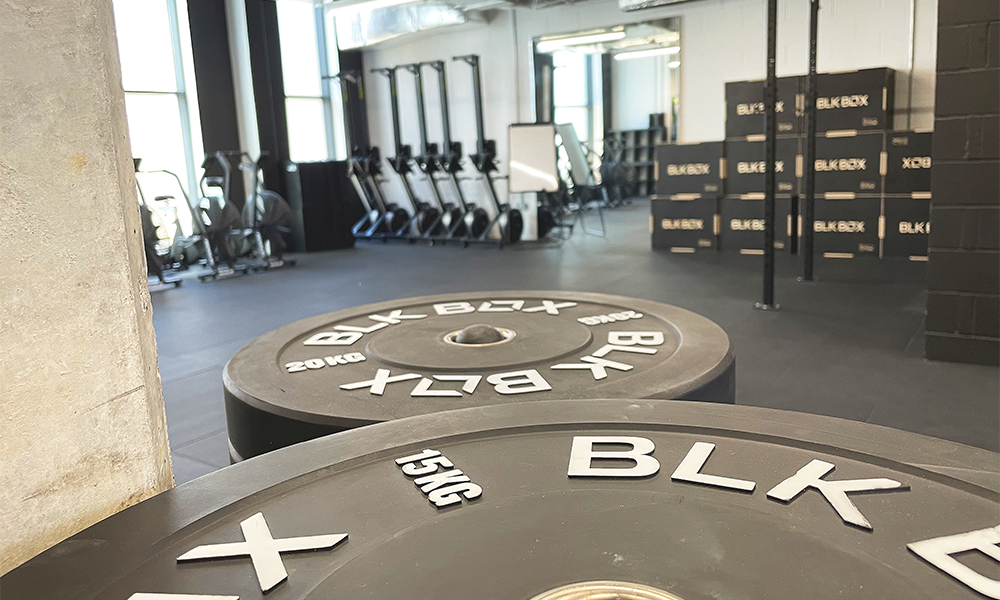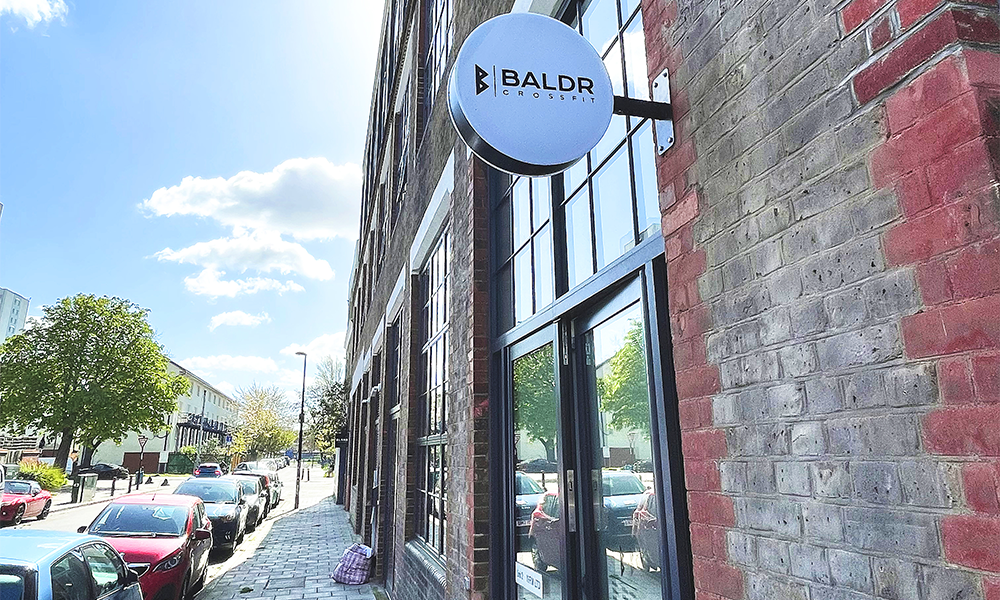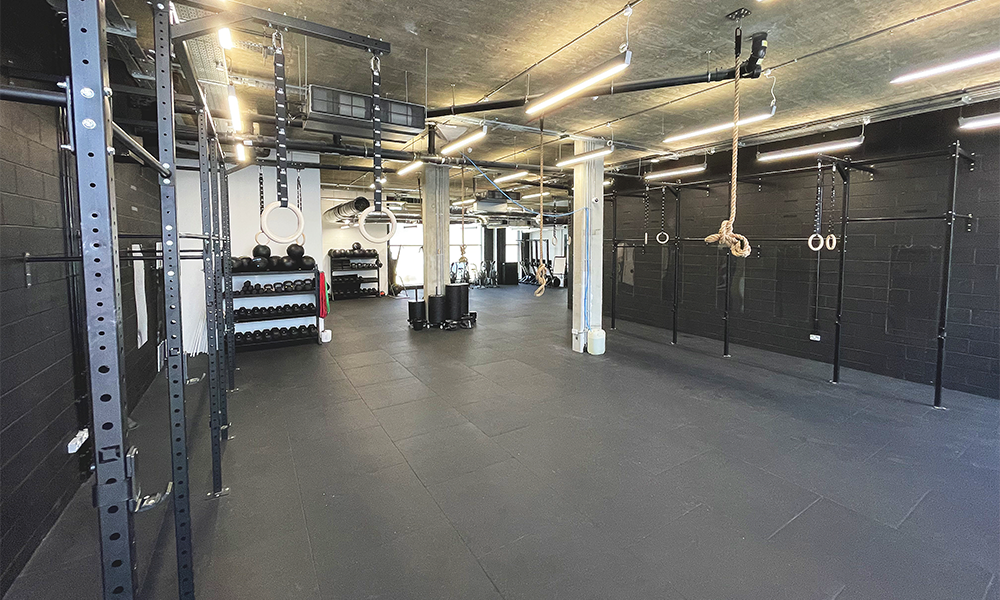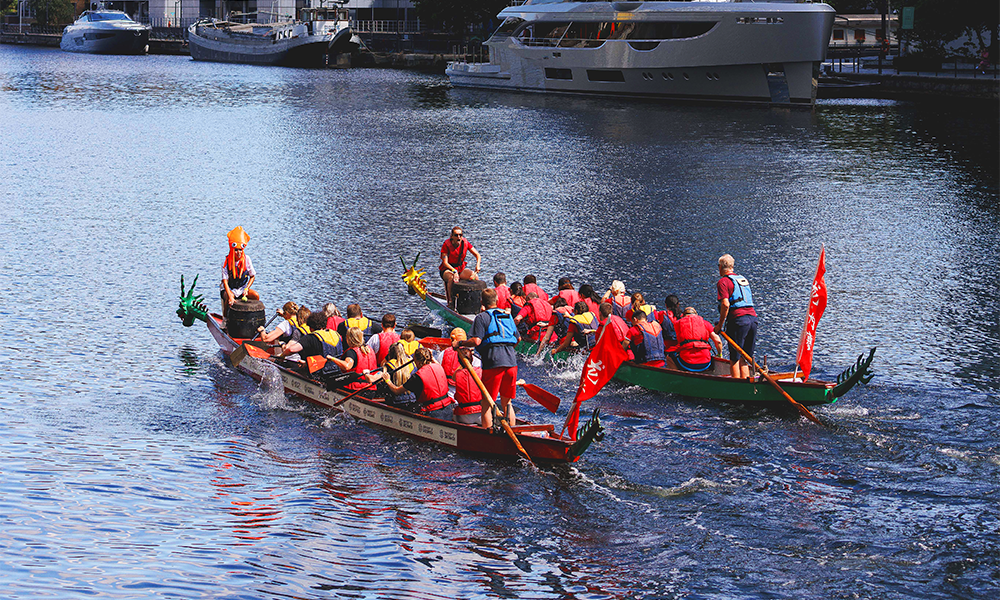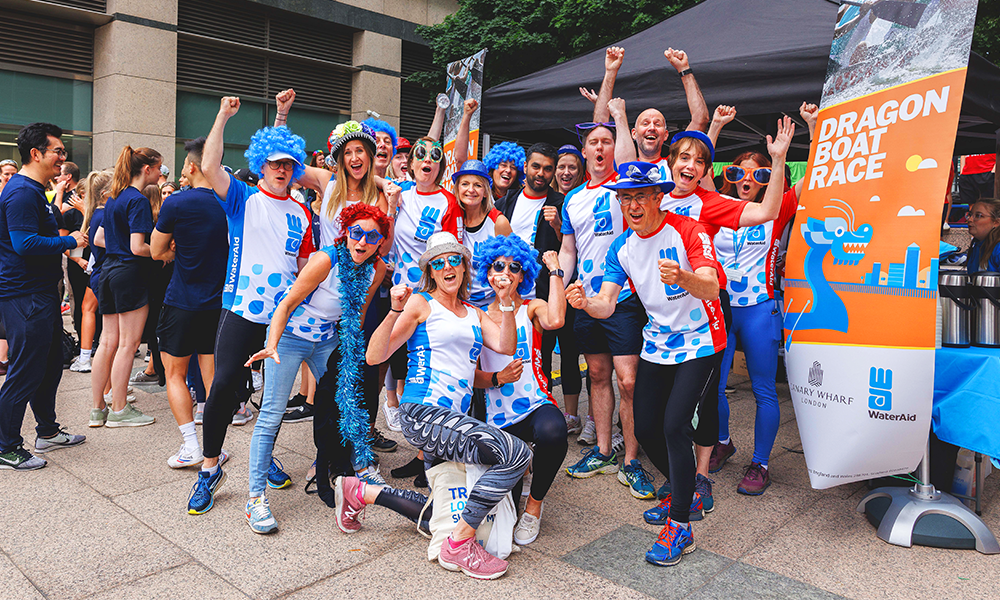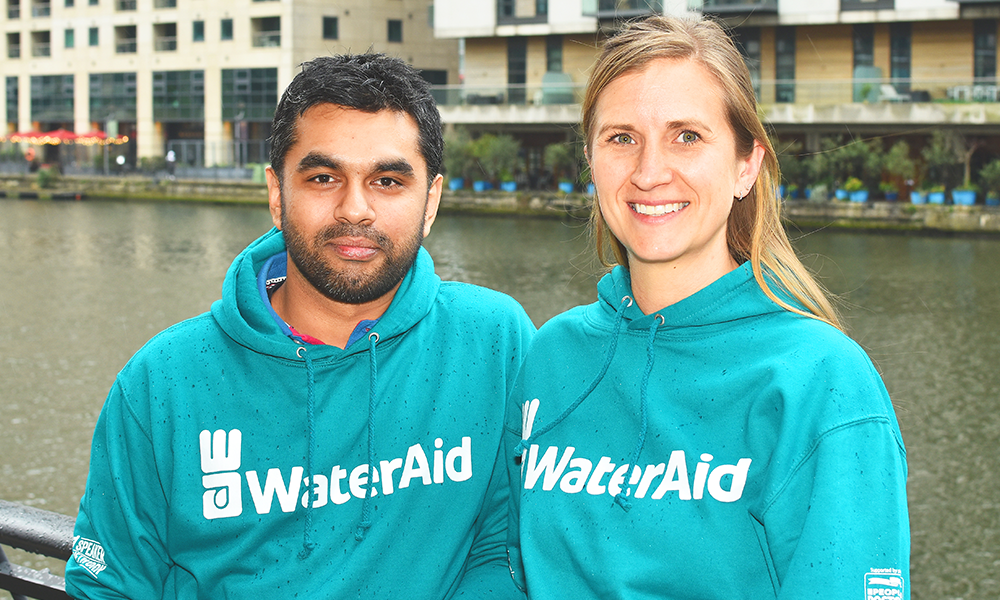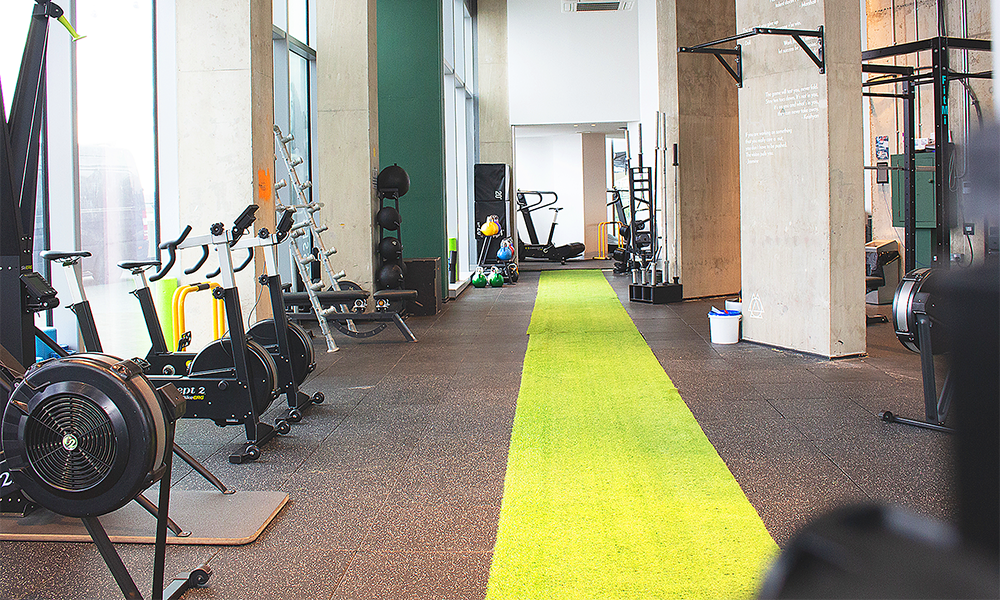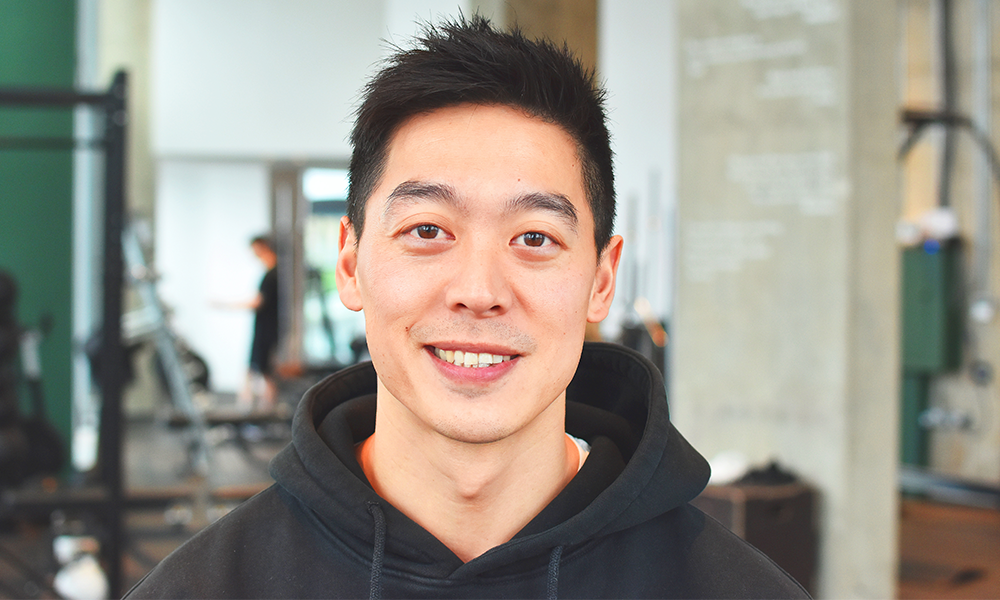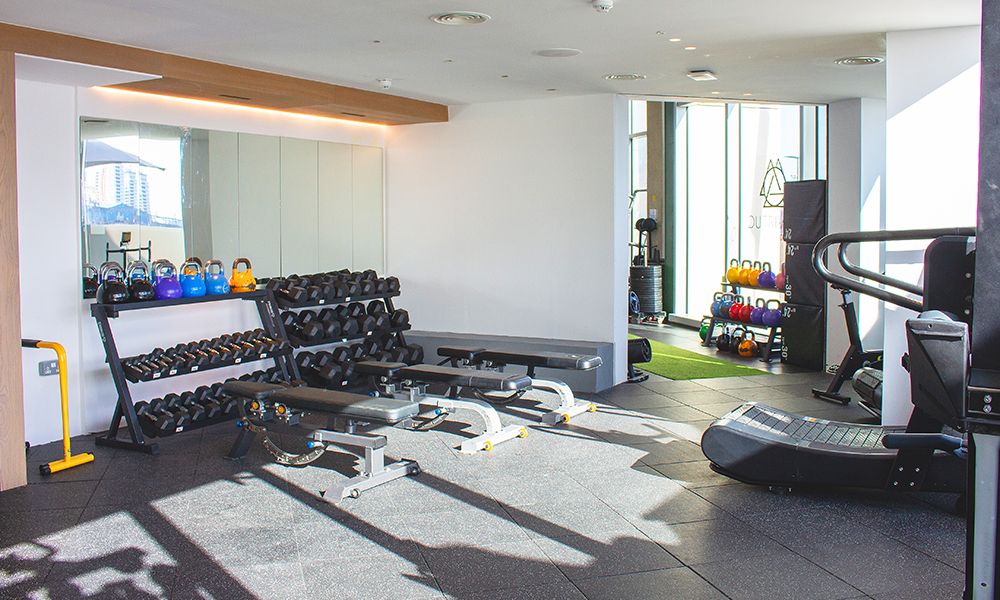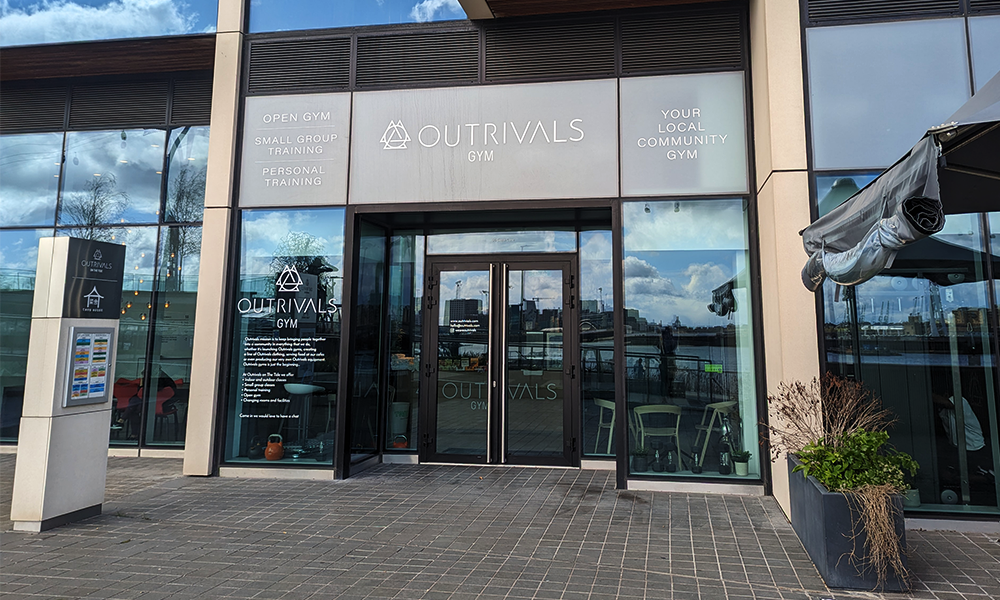Brands’ roll out brings cost of its flagship Everyman and Everywoman packages down to £295
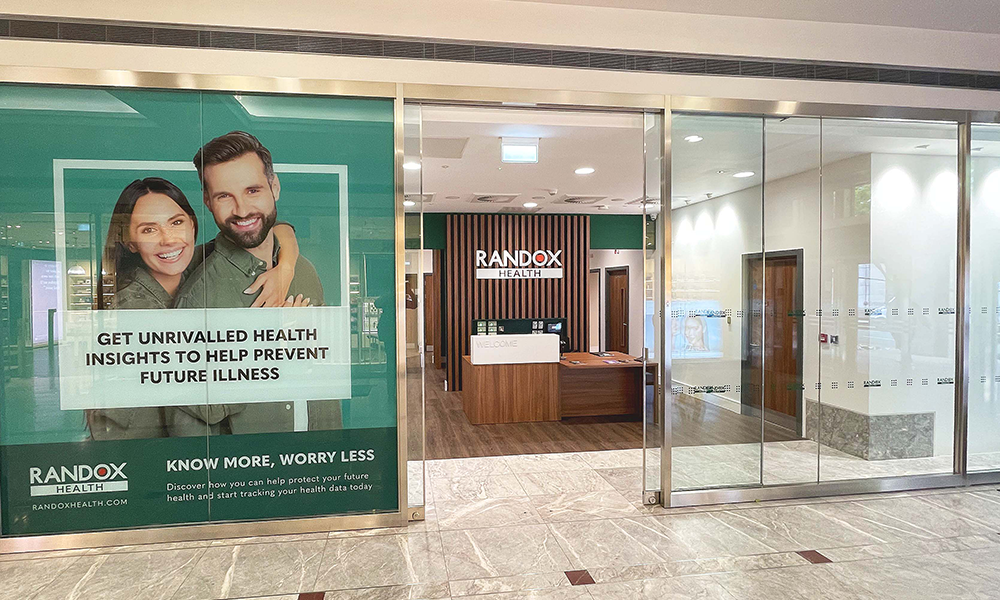
Subscribe to our Wharf Whispers newsletter here
Unprecedented’ was one of the words that got more than its fair share of exercise during the pandemic.
But it is perhaps one of the best terms to describe the levels of information about ourselves that we can measure and record.
Never before have so many people been able to capture such a vast quantity of data about themselves.
What was once mostly the preserve of the healthcare sector, has now become part of daily life for the populace, with easy ways to measure everything from steps and sleep to blood sugar and oxygenation levels.
One of the effects of the pandemic is that most people have become used to the idea of testing themselves regularly – a normalising of such behaviour in a section of the population that might otherwise have not had much contact with the medical world.
It’s against this backdrop that Randox Health is engaged in a roll out of new clinics, including its latest opening in Canary Wharf’s Cabot Place.
While the brand first emerged in the early 2010s, it has grown from four locations to 20 with many more in the pipeline.
Essentially the consumer-facing arm of Randox proper – a provider of laboratory, health and toxicology services to some 145 countries that was founded in County Antrim more than 40 years ago – Randox Health offers an extensive menu of tests to paying customers.
“The plan was to make our services more accessible to the public,” said Celine Hasson, operations manager at the company who oversees six of its clinics in the capital.
“We already had locations in west London and then in central London but we weren’t reaching out to east London and we saw a demand for testing, which is why we’ve opened in Canary Wharf.
“It was our busiest opening with 22 appointments on the first day.
“The services we offer range widely over concerns about any aspect of a person’s body.
“We can test for conditions related to the kidneys, thyroid and hormones as well as things like sexually transmitted infections and genetic factors such as lactose intolerance.
“We like to give people a full-body MOT so they can get a better understanding of their bodies and any lifestyle changes which may be necessary to ensure good health.
“For this we offer a range of packages from smaller ones to the larger ones that incorporate everything.
“Depending on the results, we might suggest a customer seeks further guidance from a GP if there is anything in the results that needs to be flagged up.”

Randox Health’s flagship offerings are its Everyman and Everywoman packages, both costing £295.
These provide up to 150 data points over two rounds of testing and include a personalised health plan.
“We arrange an initial appointment for blood and urine testing,” said Celine.
“Our clients will get their results within two to five working days through our app and also sent out by post.
“These are presented via a traffic light system – green’s fine, amber may be something to look into and red is where further investigation is needed.
“Included is an optional discussion with one of our scientists – although this isn’t a clinical or medical appointment.
“Customers can also talk to a GP for a consultation fee of £70.
“Then people come back six months later for a repeat set of tests – the biomarker tracking – and another consultation.”
The cost, excluding the doctor, works out at less than £25 per month as Randox’s ongoing expansion brings prices down. It previously worked out at more than £40.
“We feel it’s not that much money to spend on your health,” said Celine.
“We are providing preventative healthcare and, in the wake of the pandemic, we’re finding a lot of customers are concerned about their health.
“That’s why we’re opening new clinics. It’s up to the customer how they want to interpret their body – how often they feel they need to be checking in with themselves.
“We have some who come back every year, to ensure they are making any lifestyle changes that are necessary – diet, exercise or taking supplements, for example.
“Some have their tests and then take that information to their NHS GP to discuss the findings. In general they are very focused on what changes they could make to improve their health.
“We get a very broad range of people who come to us, with people aged 18, right up to those in their 50s, 60s and 70s.
“It’s for anyone who is concerned about their long term health and wants to take measures to improve it.”
Randox Health also offers other packages including its £2,600 Signature option, which provides 350 data points alongside genetic testing and GP advice. There are options aimed at pregnant women and athletes too.
In addition, the firm offers a range of more specific tests covering everything from genetic cancer screening to hormonal health for both sexes, gut health and a £45 test for prostate health.
“Two weeks ago, we had a customer in our Liverpool clinic who had a PSA test as part of their Everyman package,” said Celine.
“The results were elevated and quite concerning and their GP was able to refer them for cancer diagnosis at an early stage.
“The customer was really grateful because that was a potentially lifesaving result and it’s things like that which make it very worthwhile.”
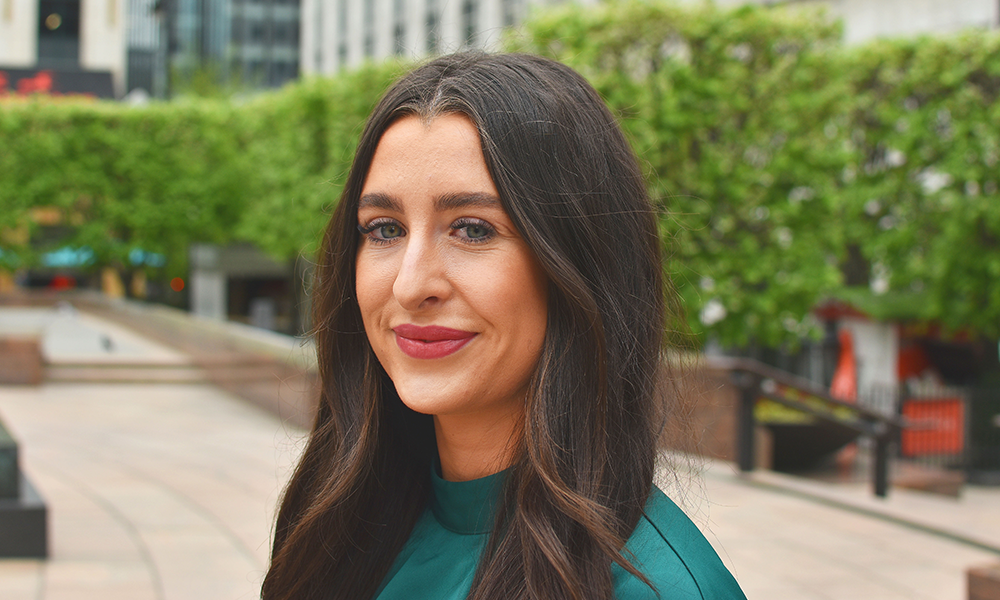
While Randox Health stresses that it’s not a clinical or medical company at heart, it has just struck a deal to offer intravenous vitamin infusions in its clinics in partnership with US firm Reviv.
Potentially, it’s a way for customers to top up their vitamin levels and address any imbalances in their bodies revealed by testing.
“This is something new for us, so we thought it would be good to partner with a company that has experience in the field,” said Celine, who splits her time between Northern Ireland and the London clinics she oversees.
“We have qualified nurses who do the canulation and then it’s a 45-minute appointment for the infusion drips.”
A selection of IV drip therapies are available starting at £85 for a Miniboost intended to help recharge energy levels in response to stress or jet lag. It contains a blend of B vitamins, Vitamin C and antioxidants.
The priciest option on the menu is the Heliix, which promises to deliver “a powerhouse of antioxidants, including vitamin C, glutathione and alpha lipoic acid” intended to help detoxify the body and support collagen production, sleep, mood and immunity.
A selection of booster shots is also available.
Bookings can be made at the Canary Wharf clinic via this link.
Read more: How the Prost8 Challenge is helping fight cancer
Read Wharf Life’s e-edition here
Subscribe to our Wharf Whispers newsletter here
- Jon Massey is co-founder and editorial director of Wharf Life and writes about a wide range of subjects in Canary Wharf, Docklands and east London - contact via jon.massey@wharf-life.com
